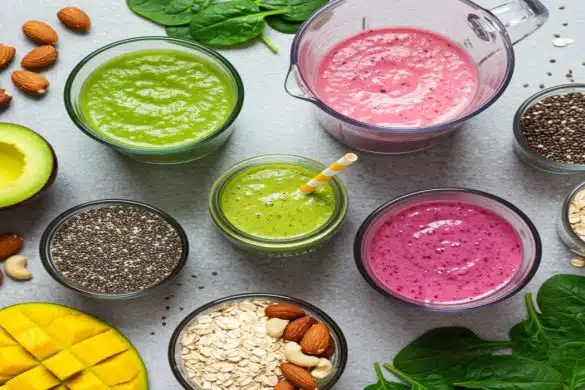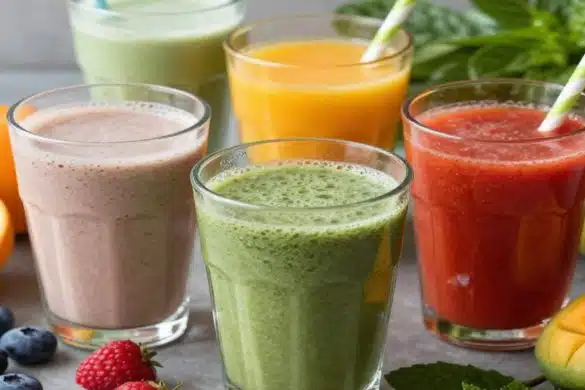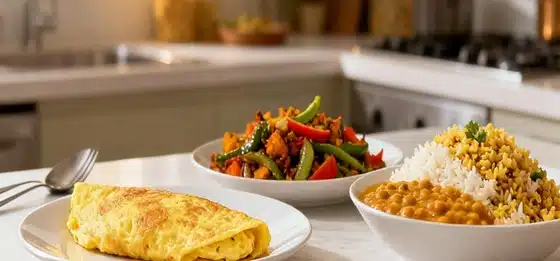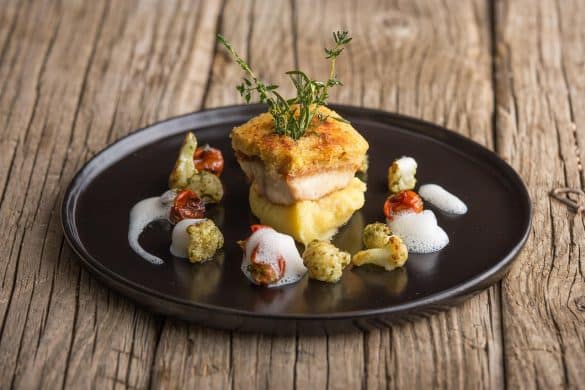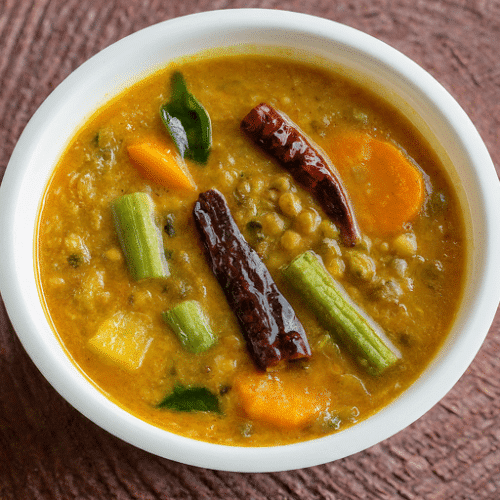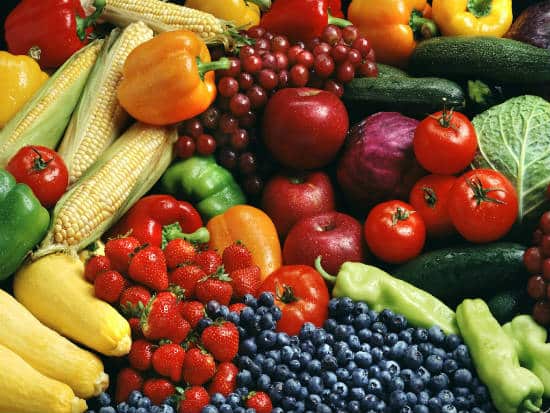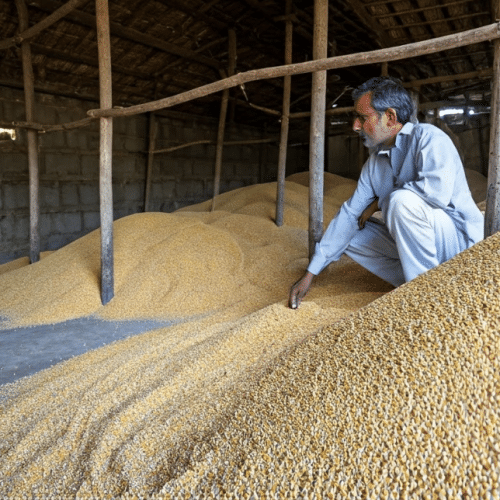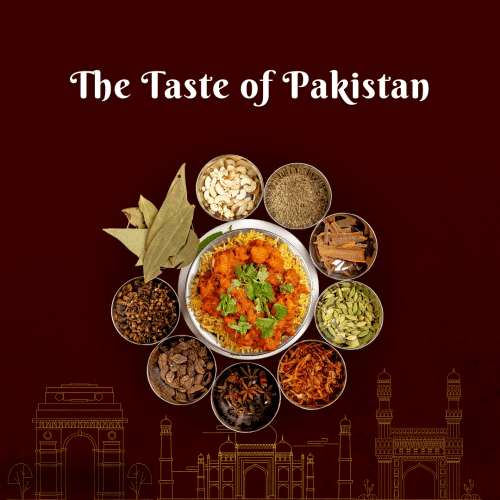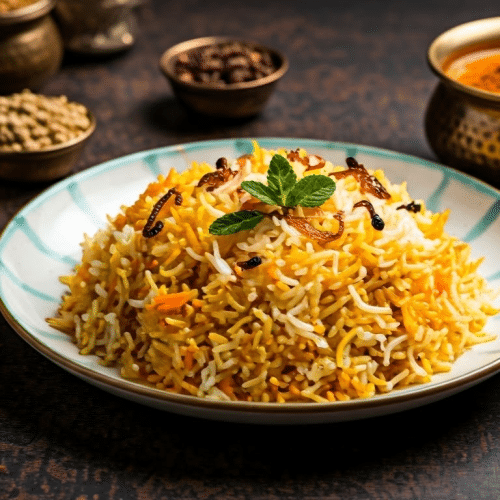India, often referred to as the ‘Land of Spices’, has been a melting pot of flavours, aromas, and textures for centuries. At the heart of this culinary richness, we find many spices that define Indian cuisine. From the earthy turmeric to the fiery red chili, these spices lend their unique characteristics to numerous dishes, making each one a gastronomic delight.
This article provides an overview of what we believe are 12 essential Indian spices that should grace every kitchen. So, let’s look into some popular Indian spices that need some space in your kitchen and discuss how they can used in Indian cooking.
12 Spices in Indian Cooking and Their Uses
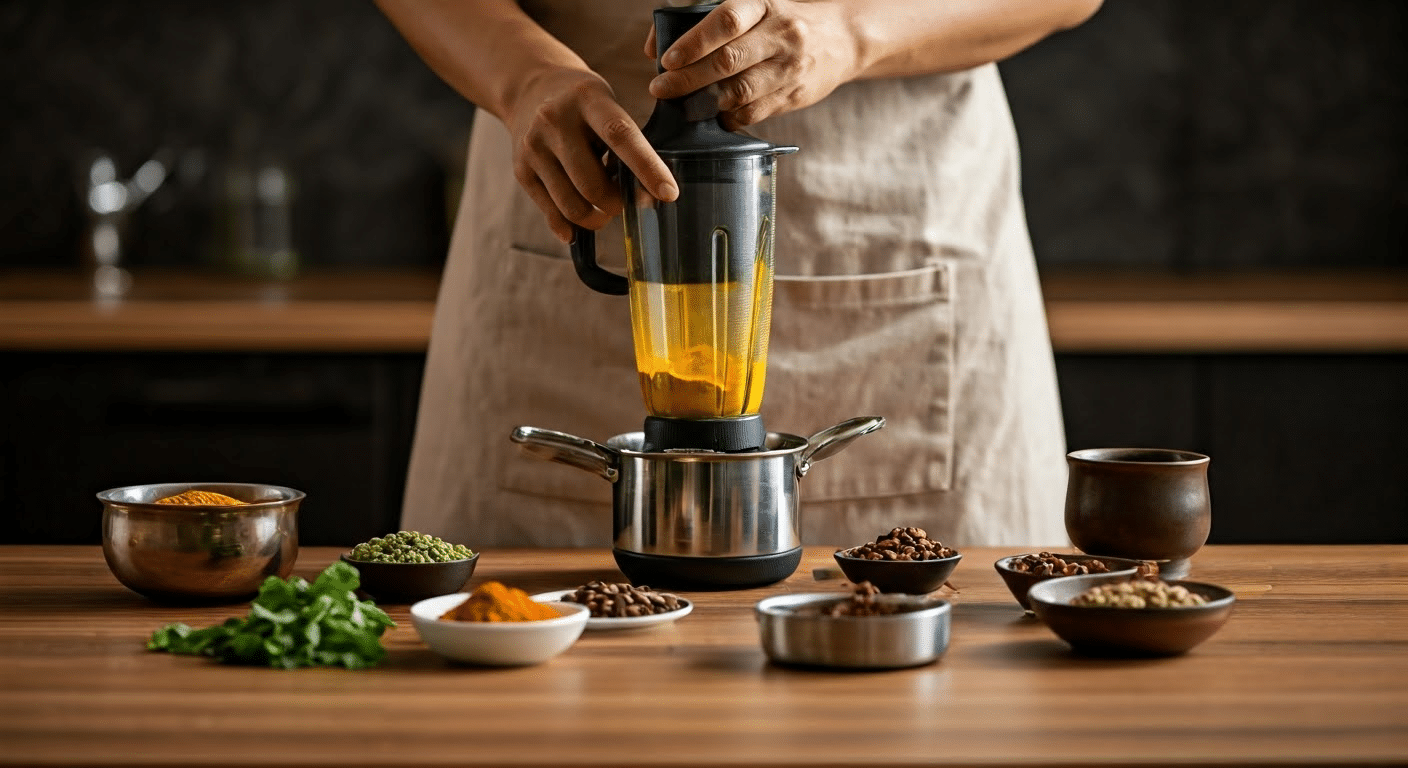
12 Spices in Indian Cooking and Their Uses
Indian cuisine is a celebration of strong flavour, vibrant colours, and aromatic spices. Each spice plays a unique role in crafting the depth and complexity that makes Indian food so distinctive. Whether you’re preparing a simple dal or an elaborate biryani, the right blend of spices elevates every dish. Here’s a closer look at 12 essential spices that form the backbone of Indian cooking.
1. Cumin (Jeera)
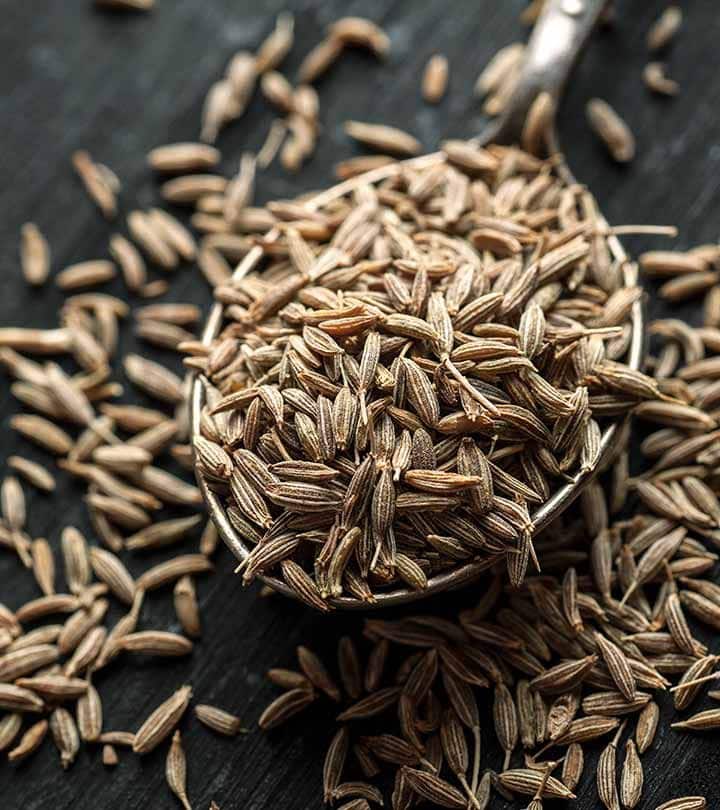
cumin
Cumin seeds and ground cumin are widely used for their warm, earthy, and slightly nutty flavour. They are often dry-roasted before being used to enhance their aroma. Cumin is a key ingredient in tempering (tadka), spice blends, curries, and rice dishes. Aside from its rich taste, cumin is known for aiding digestion, improving metabolism, and reducing bloating.
How It’s Used in Indian Cooking:
- Added to hot oil for tempering dals, curries, and vegetables.
- Used in spice blends like garam masala and chaat masala.
- Ground cumin is sprinkled on yogurt-based dishes like raita.
2. Fenugreek Seeds (Methi Dana)
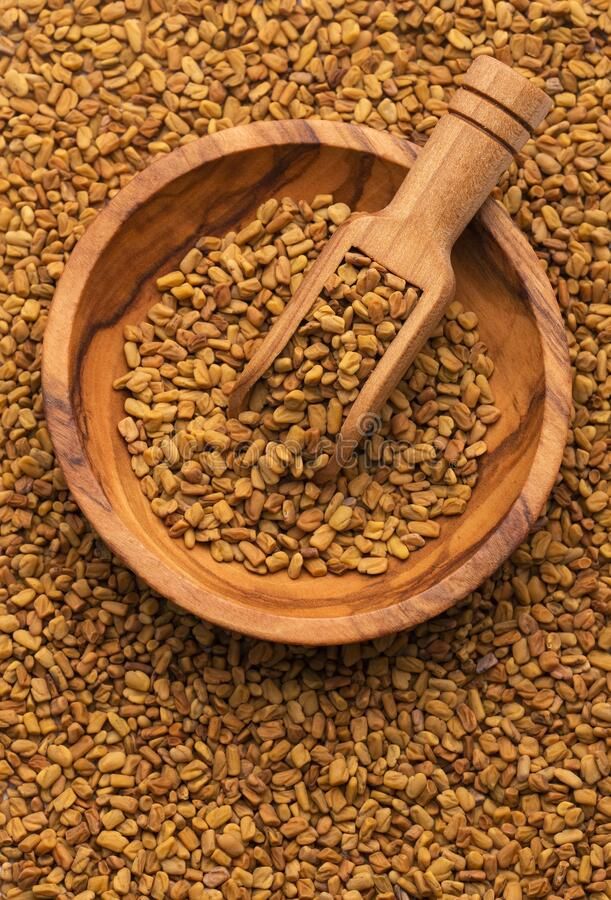
Fenugreek seeds
Fenugreek seeds, known as methi dana in India, are small, golden-brown seeds with a slightly bitter, nutty flavour. They are commonly used in Indian cooking to add depth to curries, dals, and spice blends. When roasted, their bitterness mellows, releasing a warm, slightly sweet aroma.
How It’s Used in Indian Cooking:
- Used whole or ground in spice blends like panch phoron and sambar powder.
- Added to curries, dals, and pickles for a slightly bitter yet aromatic taste.
- The dried leaves (Kasuri Methi) are sprinkled over dishes like butter chicken and paneer curries for extra flavour.
3. Ginger (Adrak)

ginger
Ginger adds a warm, slightly spicy, and zesty flavour to Indian dishes. It’s used fresh, dried, or in powdered form. Ginger is a powerful anti-inflammatory and helps with digestion and nausea.
How It’s Used in Indian Cooking:
- Fresh ginger paste is combined with garlic to form a base for curries and gravies.
- Used in masala chai (spiced tea) for its warming properties.
- Dried ginger powder (soonth) is added to spice mixes and desserts.
Also read: Ginger Chicken Masala`
4. Chilies (Mirchi)
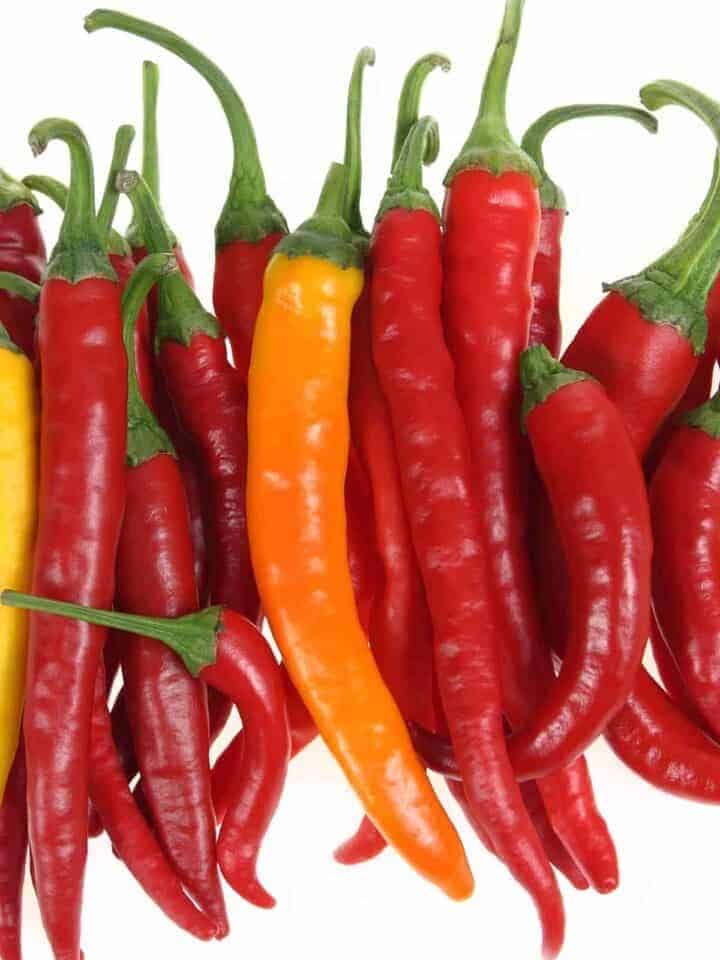
chilies
Chilies add the characteristic heat to Indian food. Green chilies are used fresh, while red chilies can be dried and ground into powder. They vary in spice level and can range from mild to extremely hot.
How It’s Used in Indian Cooking:
- Whole dried red chilies are used in tempering for dals and pickles.
- Chopped green chilies are added to curries and chutneys.
- Red chili flakes or paste are used in spice blends and marinades.
5. Chilli Powder (Lal Mirch Powder)
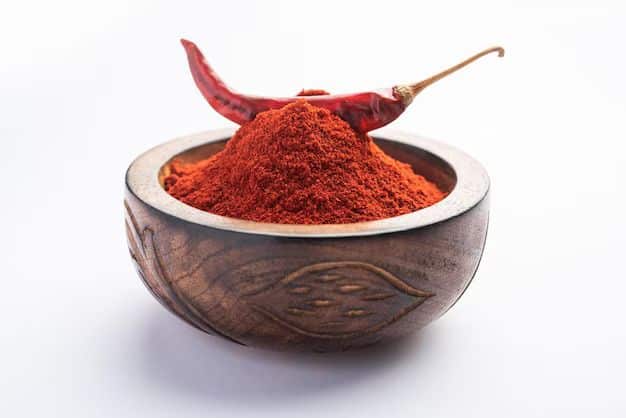
chillie powder
Made from dried red chilies, this spice is essential for adding heat and colour to Indian dishes. There are different varieties, such as Kashmiri chili powder, which is mild but imparts a rich red colour, and regular red chili powder, which is spicier.
How It’s Used in Indian Cooking:
- Added to curries, soups, and stews for heat.
- Used in spice blends like tandoori masala.
- Sprinkled over snacks like samosas and chaats for extra flavour.
6. Coriander (Dhania)
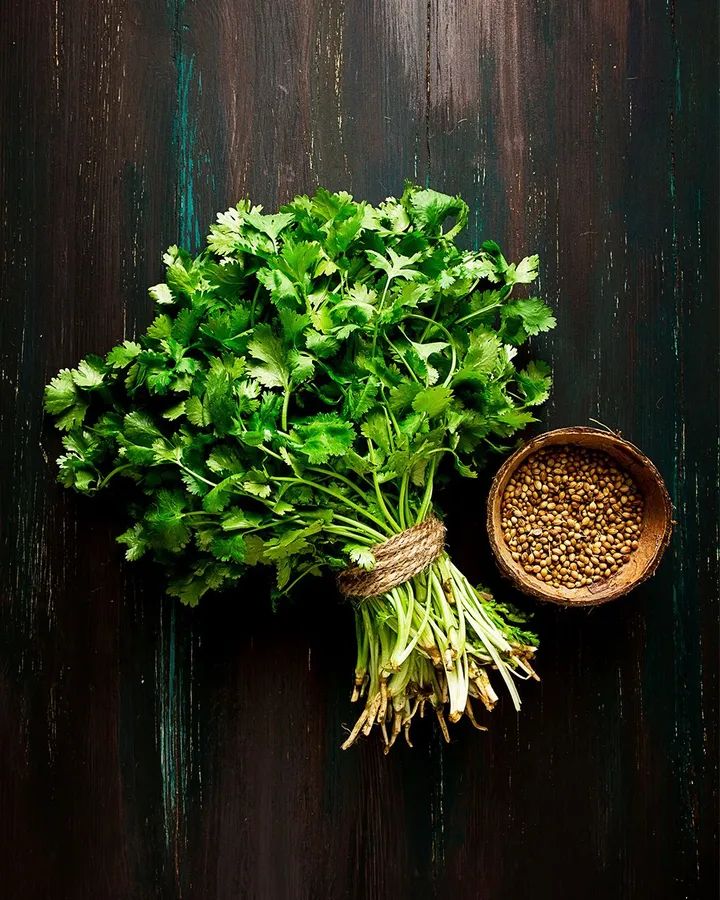
Coriander
Made from Coriander seeds, Coriander is one of the most widely used spices in Indian cooking, offering a mild, citrusy, and slightly sweet flavour that enhances both savoury and sweet dishes as a garnish. It is used in multiple forms—whole seeds, ground powder, and fresh leaves (cilantro)—each serving a different purpose in Indian cuisine.
How It’s Used in Indian Cooking:
- Dry-roasted and ground into spice blends.
- Used in marinades for meats and vegetables.
- A key ingredient in homemade curry powders.
7. Turmeric (Haldi)

turmeric
Turmeric is one of the most essential and widely used spices in Indian cooking. Known for its earthy, slightly bitter flavour and vibrant yellow colour, it is used in almost every Indian dish, from curries and dals to rice dishes and pickles. Beyond its culinary applications, turmeric is also celebrated for its numerous health benefits, making it a staple in traditional medicine and Ayurvedic healing.
How It’s Used in Indian Cooking:
- A must-have ingredient in Indian curries and spice blends.
- Used in golden milk (haldi doodh) for its medicinal benefits.
- Mixed with flour for making deep-fried Indian snacks.
8. Cinnamon (Dalchini)

Cinnamon
Cinnamon, whether in stick form or ground into powder, is an integral part of Indian cooking. Its warm, sweet, and woody aroma enhances both savoury and sweet dishes, adding depth and complexity to flavours. Originating from the inner bark of Cinnamomum trees, cinnamon is a staple in Indian spice racks and is often used whole in tempering or ground in.
How It’s Used in Indian Cooking:
- Added to biryanis and pulaos for fragrance.
- Used in spice blends like garam masala.
Enhances the flavour of Indian desserts like kheer and halwa.
9. Cloves (Laung)
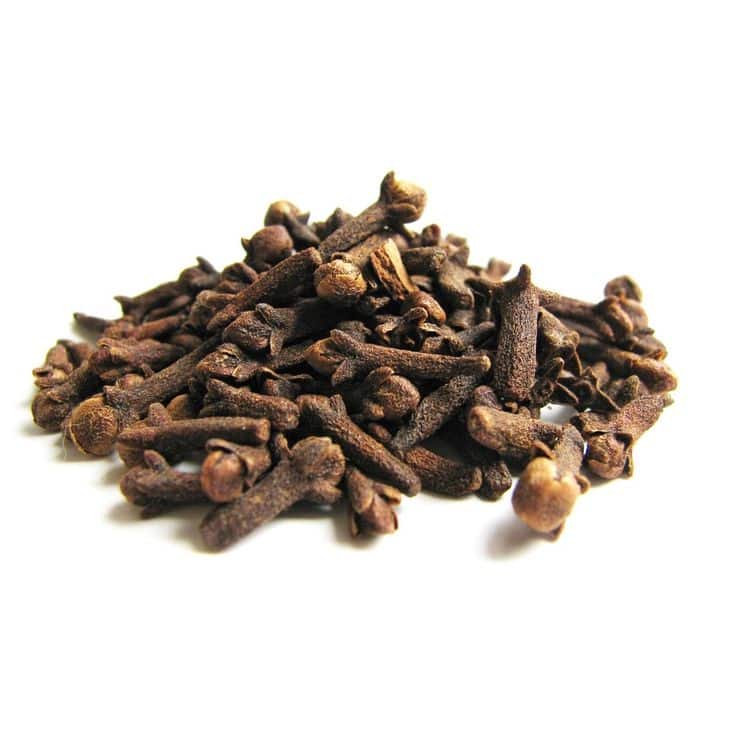
cloves
Cloves, known as “Laung” in Hindi, are highly aromatic, intensely flavoured dried flower buds from the clove tree (Syzygium aromaticum). They have a strong, warm, and slightly sweet flavour with a hint of bitterness, making them a powerhouse spice in Indian cooking. Their unique taste and fragrance add depth, warmth, and intensity to a variety of dishes.
How It’s Used in Indian Cooking:
- Used in tempering for rice dishes and meat curries.
- Ground into spice mixes like garam masala.
- Clove-infused tea is a home remedy for colds.
10. Green Cardamom (Elaichi)
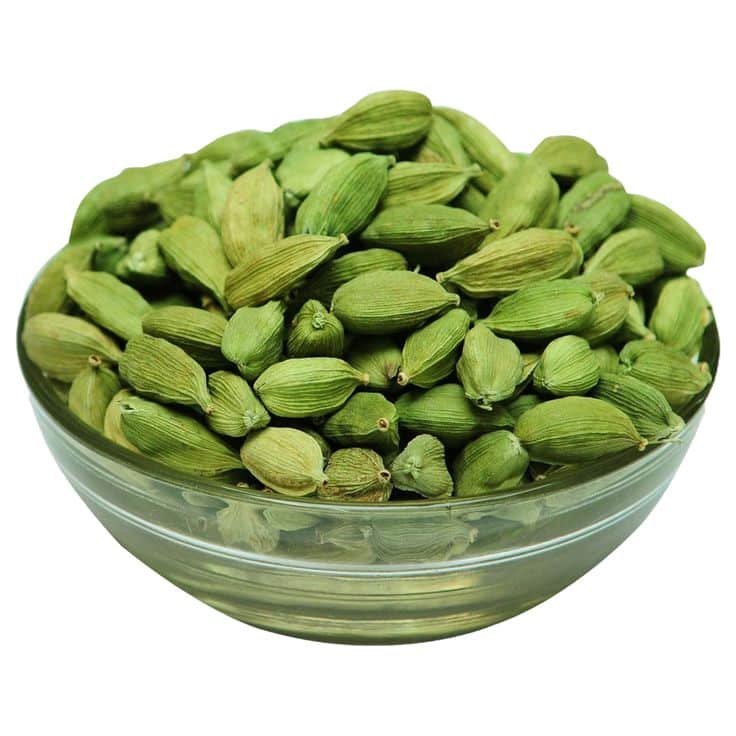
Green cardamom
Green cardamom, known as “Elaichi” in Hindi, is one of the most prized and aromatic spices used in Indian cuisine alongside saffron. It has a sweet, floral, and slightly citrusy aroma with a warm, refreshing taste that enhances both savoury and sweet dishes. Derived from the seeds of the Elettaria cardamomum plant, this spice is often considered the “Queen of Spices” due to its luxurious fragrance, complex flavour, and versatility in cooking.
How It’s Used in Indian Cooking:
- Added to biryanis and kormas for fragrance.
Used in Indian sweets like gulab jamun and kheer.
11. Black Pepper (Kali Mirch)
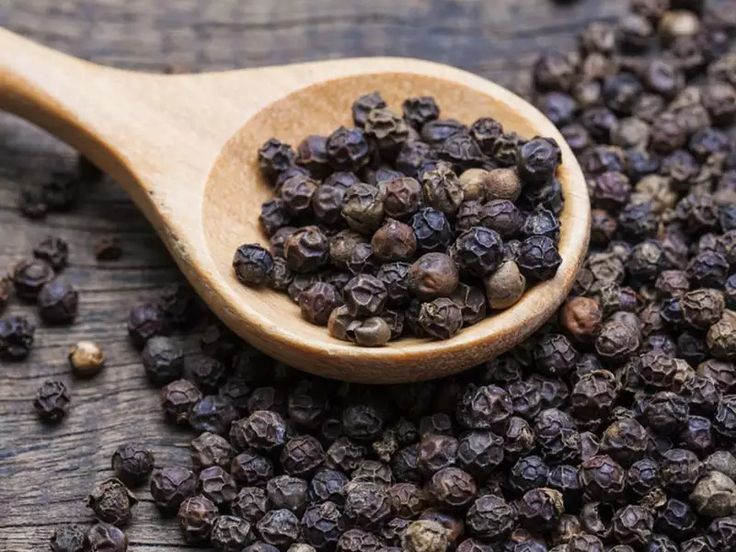
Black pepper
Black pepper, often called the “King of Spices,” is one of the most widely used and treasured spices in Indian cuisine. It adds a bold, pungent heat to dishes, enhancing flavours without overpowering them. Sourced from the dried berries of the Piper nigrum plant, black pepper is valued not only for its culinary uses but also for its medicinal properties in traditional Indian and Ayurvedic practices.
How It’s Used in Indian Cooking:
- Used whole in spice blends and curries.
- Crushed over salads and chaats.
- A common ingredient in Ayurveda for digestion.
12. Salt (Namak)
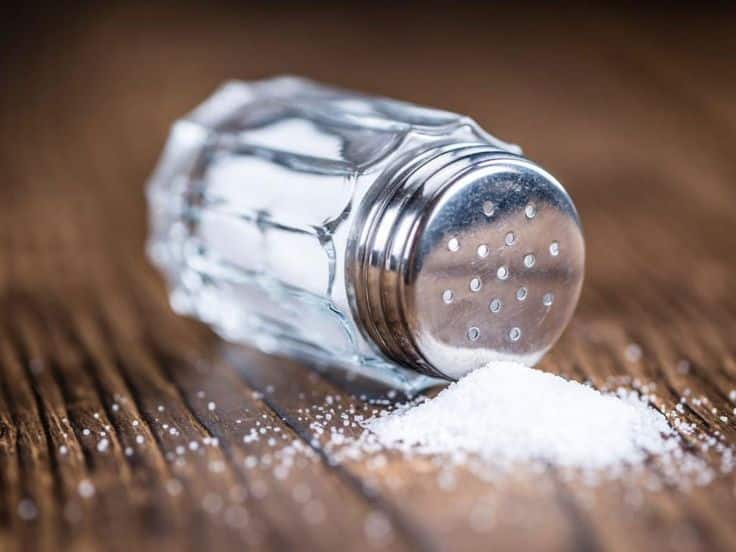
salt
Salt is the foundation of flavour in every cuisine, and in Indian cooking, it plays an indispensable role in balancing and enhancing the taste of every dish. More than just a seasoning, salt brings out the natural flavours of ingredients, helping to create well-rounded and satisfying meals. Without the right amount of salt, even the most carefully crafted dish can feel bland or incomplete.
How It’s Used in Indian Cooking:
- Regular table salt is used for daily cooking.
- Rock salt (sendha namak) is used during religious fasting.
- Black salt (kala namak) adds a unique umami taste to chaats.
Some other prominent spices are made of fenugreek seeds, mustard seeds, bay leaf, curry leaves, amchoor, cassia, and hing, but these are the main 12 spices used in Indian cooking.
Also read: Spice Infusion: Explaining the Top 6 Benefits of Spices
Conclusion
Spices are the soul of Indian cuisine —they are what make each dish distinct, adding layers upon layers of flavour and depth. The Spices Board plays a crucial role in exploring these essential Indian spices, not just about experiencing new tastes and aromas, but also delving into the medicinal properties and nutritional values they carry. A small tweak in quantity or combination can bring about a massive change in taste, making Indian cooking exciting and experimental.
Understanding the unique properties and appropriate usage of these spices is your first step to mastering Indian cooking. Once you get the hang of it, the world of Indian food unravels itself in the most flavour-packed way.
Frequently Asked Questions
What are the main differences between essential and aromatic Indian spices?
Essential spices like turmeric, cumin, and Indian red chili powder are among the most essential spices that contribute to the basic flavour profile of an Indian dish, whilst aromatic spices such as green cardamom, cinnamon, and woody notes add a particular fragrance and depth to the meal, enhancing its overall feel.
How can I store Indian spices for a longer shelf life?
To prolong the shelf life of Indian spices, store them in a cool, dry place away from direct sunlight. Air-tight containers work best to preserve their freshness. Ground spices can last up to a year if stored properly, while whole spices can stay fresh for longer.
What is Garam Masala and how is it used in Indian cooking?
Garam Masala is a blend of ground spices including cumin, caraway, coriander, cardamom, black pepper, clove, mace, tej patta, and nutmeg. It’s used in many Indian dishes, including Chana Masala, adding warmth and depth to the flavour profile. Garam Masala is often added during the cooking process or sprinkled on top as a finishing spice.
Which Indian spices are commonly used for marination?
Turmeric, red chili powder, and coriander powder are commonly used for marination in Indian cooking, particularly in South India, as seen in popular dishes like butter chicken. Garam masala, a blend of several spices, is also frequently used. There is no substitute for these wonderful spices. Alongside these, ginger-garlic paste and mango powder form a crucial part of most marinades. These spices tenderize and create a flavour base for the dish.

